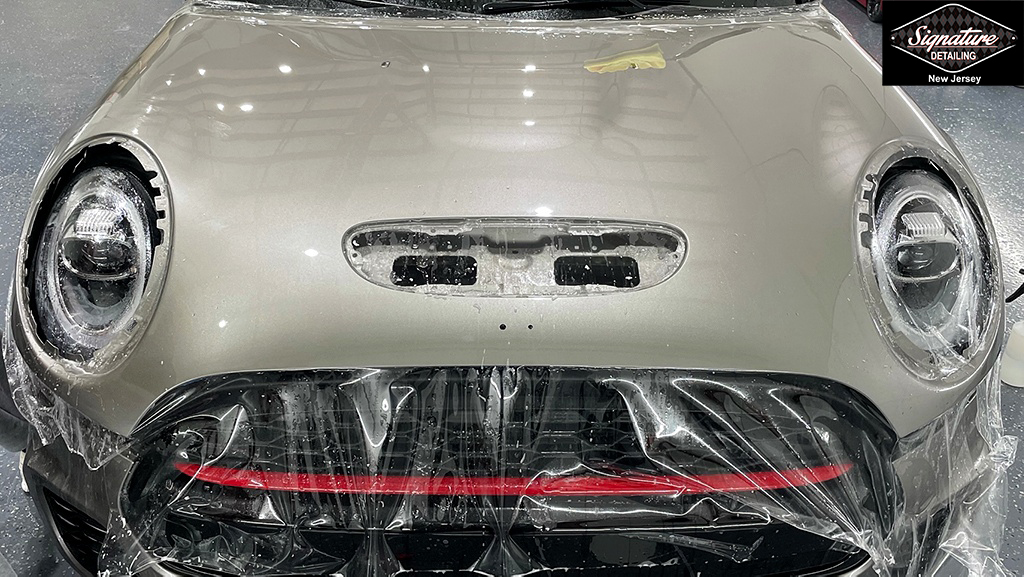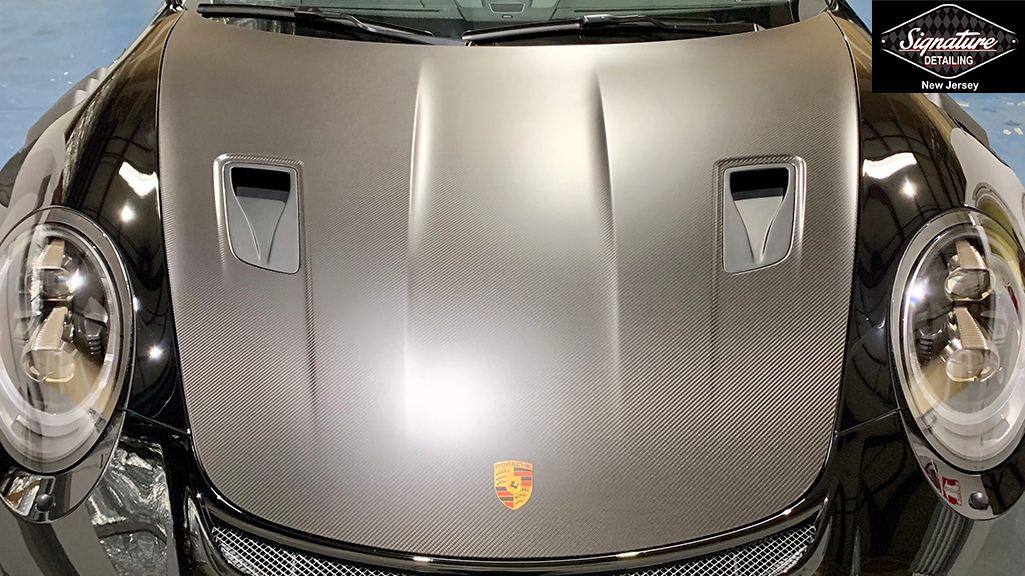Buyers Guide to PPF: Paint Protection Film Expectations
by Greg Gellas
Paint Protection Film (a.k.a. Clear Bra or PPF) is an added aftermarket barrier of protection for vehicle surfaces from an unforgiving world.
PPF provides protection from:
- Road Impacts
- Light Scratches
- UV Rays
- Chemical Exposure
- Improper wash techniques and equipment
- Daily Life on the Road, Home, or out in the World
The Practical Protection Expectations of Paint Protection Film
While PPF is the best solution to protect vehicle surfaces, it is not 100% full proof.
Heavy and sharp or jagged debris pieces may pierce the protective film layer. While this is a rare occurrence, it does happen from time to time. Overall, Clear Bra protects surfaces from the overwhelming majority of road debris impacts.
It is important to mention that Paint Protection Film is a wearable item that is intended as an added protective measure. It is not a permanent vehicle surface fixture and it will eventually require removal.
Based on Signature Detailing’s clients in northern New Jersey, the average lifespan of PPF, on a frequently driven vehicle, has shown to be in the range of 6-8 years. This lifespan is heavily influenced by factors that include: driving frequency, sun exposure, driving location, vehicle storage habits, and maintenance habits.
When Paint Protection Film reaches the end of its lifespan, its protective aspects may start to dwindle. If you suspect your PPF has begun to lose its effectiveness, it’s best to have it properly evaluated by a trained professional.

Advanced Features of PPF & Clear Bra Films
PPF has evolved rapidly over the last decade. Manufacturers constantly improve their overall quality, appearance, and film features.
Popular features of leading PPF brands may include:
- A self-healing topcoat component within the film, helping to prevent fine scratches over time.
- Added UV protection.
- Enhanced Protection from environmental contamination.
- A possible reduction in the appearance of the original paint’s texture a.k.a. orange peel.
- A Glossier surface – depending on the OEM paint system.
- Some films have aesthetic gains such as tinted colors and matte finishes.
The list above describes some impressive new features to Paint Protection Films. However, it’s important to keep in mind these features are secondary to a film’s ability to adhere to panels, adding comprehensive protection against debris strikes and light impacts.
This is an important point because some films continually add more and more enhanced ‘features’, all the while sacrificing some of the films protection aspects. This is why it is important to consult a PPF professional to uncover the balance between a film’s features, benefits, and limitations prior to choosing which film is best to protect your vehicle.
To read all of the articles in the Buyers Guide to PPF series, click here!









Greg– which is your personal favorite PPF for a daily driver?
As a previous installer of PPF, I can say a few things about this. The top offerings from 3M, Suntek, Xpel, Premium Shield, and Stek, are all quality ppf’s. They all have some slight differences. One installer might prefer the way that one installs over another, and he or she might get a cleaner install with that particular brand. This is why it’s good to speak with your installer and understand why they prefer a particular ppf. Also, although some of those companies have good marketing and name recognition, not all stand behind their products or offer installers the same level of support. Also, as a consumer you should take into account that the quality of the install and the support that you get, is dictated more by the installer than the PPF brand.
What’s the best cleaner or Polish for ppf or how do you keep it shining